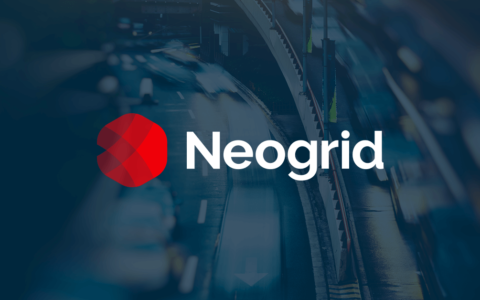
As you already know the importance of having a good inventory management and how the Vendor Managed Inventory (VMI) technique can help you achieve it, we will talk about technology in this post.
Understanding the dynamics of vendor managed inventory, you must be asking yourself: is there any way for VMI to work without the use of specific technological resources? Yes, there is, but this usually involves the use of spreadsheets sent by email without presenting any data integration and even vendor visits to the point of sale to see if it is time to replenish inventory.
To get the most out of the results generated by a VMI tool, such as visibility of management, data integration and efficient inventory maintenance, it is crucial to use technological systems that automate the calculation procedures and present, in a simple and integrated fashion, sales figures and inventory status. Having a technological solution to support the vendor managed inventory tool can help:
1. Standardize indicators
As the data in the VMI platform need to be understood by the customer and the vendor, it becomes necessary to define the visibility indicator together so that the two parties “speak the same language” and are aligned and efficient in their actions.
2. Automate and simplify processes
The use of an appropriate technological solution can provide the automated collection of data at the point of sale. It can also send information about inventory levels to the supplier daily and in an automatic way. Not to mention that automating processes helps to significantly minimize the risks of failure when dealing with a high volume of products, numbers and information.
In addition, the technology can simplify steps and streamline processes such as the approval of orders by the sales department. Since many aspects have already been previously specified in contracts before the vendor managed inventory service is put into practice – such information, for example prices, is also recorded in the solution – and the replenishment of products can be made autonomously. This helps retailers gain time, as they do not need to repeat activities for each new order, directing them to more strategic initiatives for the business.
(Learn more about NeoGrid’s VMI Solutions and how we can help you optimize your order and logistics processes.)
3. Integrate data
By sharing sales and inventory status information with the industry on a daily basis, the technology used to build the VMI aggregates data to assist the vendor to plan their next replenishment for the client, helping them put together a sales order that automatically takes into consideration a series of relevant variables in its calculation, such as sales forecast, maximum and minimum storage level, safety inventory, level of service and even seasonality, in order to make a replenishment that meets all the needs of the company.
4. Generate performance reports
What is not measured can hardly be managed appropriately, nor improved. Based on this idea, a technology solution focused on VMI offers the possibility of generating reports with performance indicators – such as the duration of inventory and average number of orders per month – for retailers and vendors to verify the effectiveness of the strategy and to assist them in making decisions to continuously improve the supply chain flow. All this taking into consideration that the time spent for collecting such information will be infinitely smaller, since they are organized in a specific platform.
Modernizing inventory control with technology makes sense in the current market context, in which those who do not upgrade lose competitive advantage and get lost in the immense volume of data that companies constantly generate. Do you want to know where to start?
Download our retail supply chain collaboration white paper to learn the seven most important criteria in selecting a new supply chain platform.





